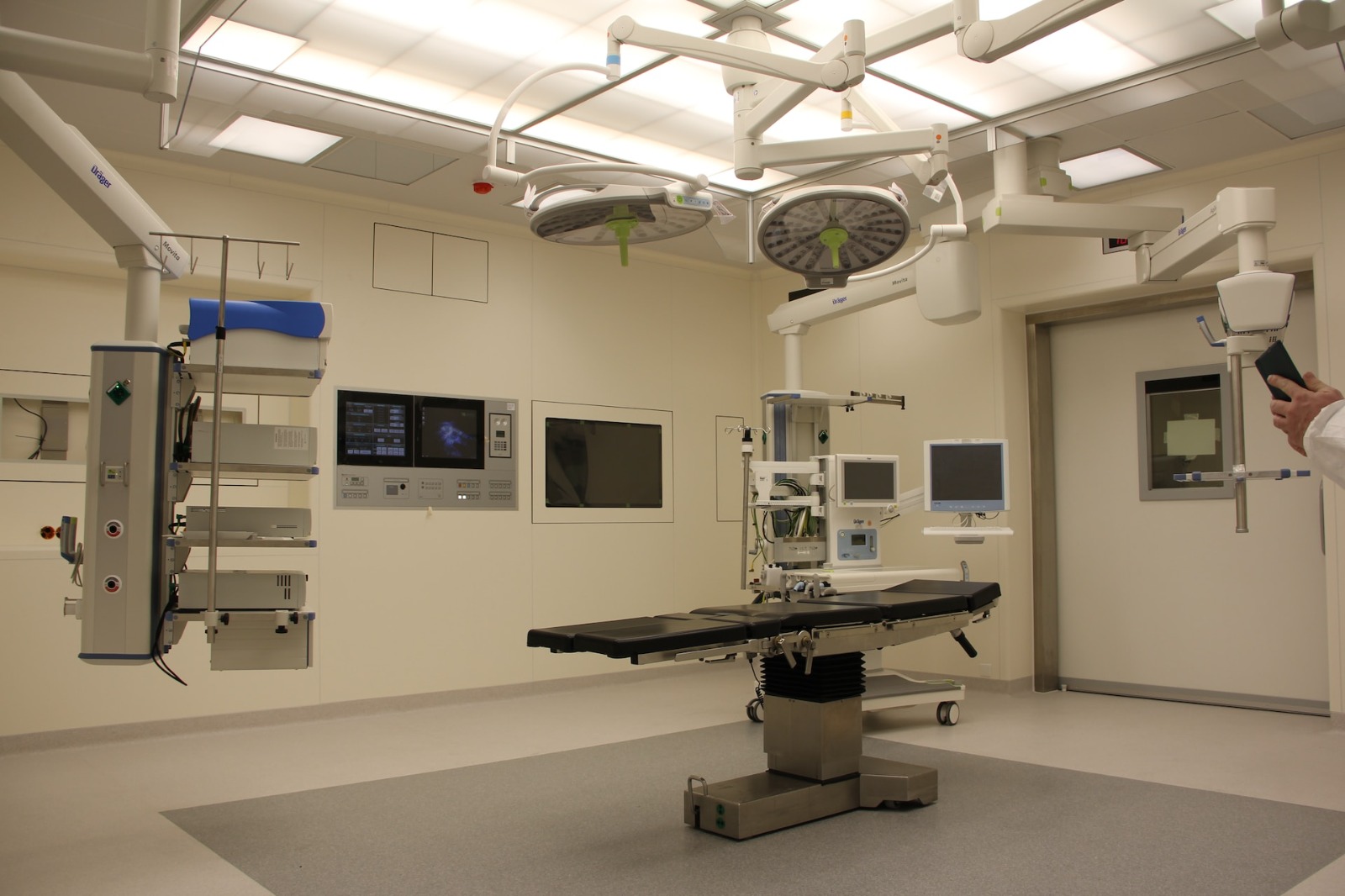Understanding the European Regulatory Framework
In Europe, the medical device industry operates under a stringent regulatory framework, primarily governed by the European Medical Device Regulation (MDR) and In Vitro Diagnostic Regulation (IVDR). This framework ensures that devices meet high standards for safety and effectiveness. Historically, Europe’s regulations have been more flexible compared to the U.S. Food and Drug Administration (FDA), but recent updates have significantly increased the rigor. For startups, understanding these regulations is the first step in the challenging journey to market entry.
The MDR, implemented in May 2021, introduced several new requirements. It focuses on a life-cycle approach to safety, emphasizing post-market surveillance and clinical evidence. Similarly, the IVDR, which will be fully applied by May 2022, imposes stricter requirements for in vitro diagnostic devices. Notified Bodies, which are organizations designated by European countries to assess the conformity of certain products before being placed on the market, play a crucial role in this process. Their involvement has become more critical, and their workload has significantly increased under the new regulations.
Specific Challenges for Startups
Medical device startups in Europe face a unique set of challenges. First, resource limitations are a significant concern. Startups often operate with limited financial resources, which can be strained by the lengthy and expensive certification process. Human resources are another constraint, as small teams may lack regulatory expertise. Keeping abreast of evolving regulations is an informational challenge that requires constant vigilance.
The certification process itself is complex and time-consuming. It involves multiple stages, including product classification, conformity assessment, and compiling a comprehensive technical file or dossier. The increased demand on Notified Bodies has led to longer waiting times for certification, further complicating the timeline for market entry.
Clinical Evidence and Compliance
The emphasis on clinical evidence is one of the most pivotal aspects of the European regulatory landscape. Demonstrating safety and performance through clinical data is a cornerstone of the MDR and IVDR. Startups must design and conduct clinical studies, often a costly and complex endeavor, to gather this evidence. This requirement poses a significant challenge, especially for innovative devices without historical data.
Post-market surveillance (PMS) is another critical area of compliance. Under the new regulations, manufacturers are required to continuously monitor and report on the performance and safety of their devices. This ongoing commitment to vigilance can be resource-intensive for startups.
Navigating Through the Certification Process
The certification process begins with identifying the correct classification for the medical device, which determines the level of regulatory scrutiny it will undergo. Startups must then choose a Notified Body to assess their conformity. This choice is critical, as the expertise and experience of the Notified Body can significantly impact the process.
Preparing a robust technical file is a pivotal step. This document includes detailed information about the device, such as design, manufacturing, safety testing, and clinical data. Common pitfalls in this stage include underestimating the documentation required or failing to align the clinical evidence with regulatory expectations.
Several startups have successfully navigated this complex process. Their journeys often highlight the importance of early and continuous engagement with regulatory experts and Notified Bodies. Learning from these success stories can provide invaluable insights for new entrants into the market.
Impact of Brexit
Brexit has added another layer of complexity to the regulatory landscape. For startups in the UK, the separation from the EU regulatory system means adapting to a new set of requirements. The UK now operates its regulatory system, although it has retained many elements of the MDR and IVDR.
For European startups, Brexit has implications for market access in the UK. A key consideration is the appointment of a UK Responsible Person, similar to the role of the medical devices EU representative for non-EU manufacturers accessing the EU market. This representative acts as a point of contact within the UK and is responsible for ensuring compliance with the local regulations.
Strategies for Success
Successful navigation of the regulatory maze in Europe requires a proactive and strategic approach. Early engagement with regulatory consultants can provide startups with the expertise needed to steer through this complex environment. These experts can offer guidance on the most efficient pathways to compliance and market access.
Building a robust regulatory strategy from the outset is crucial. This plan should encompass all aspects of the regulatory process, from product development to post-market activities. Leveraging networks and industry partnerships can also be invaluable. Engaging with industry associations, attending relevant conferences, and participating in regulatory workshops can provide startups with up-to-date information and networking opportunities.
Looking to the Future
The regulatory environment for medical devices in Europe is continuously evolving. Technological advancements and emerging health challenges will likely drive further changes to regulations. Predicting these shifts and preparing for them is crucial for startups.
Innovation will play a key role in meeting these regulatory challenges. Leveraging new technologies, such as digital tools for compliance management and data analysis, can streamline the regulatory process. Startups that embrace innovation in both their product development and regulatory strategies will likely have a competitive edge.
Additional Resources
To support medical device startups, numerous resources are available. The European Commission’s website provides detailed information on MDR and IVDR. Industry associations such as MedTech Europe offer guidance and updates on regulatory changes. Additionally, specialized consultancies provide tailored services to assist with compliance and certification processes.
Navigating the regulatory maze for medical device startups in Europe is undoubtedly challenging. However, with a deep understanding of the regulatory framework, strategic planning, and leveraging available resources, startups can successfully bring their innovative devices to market.












